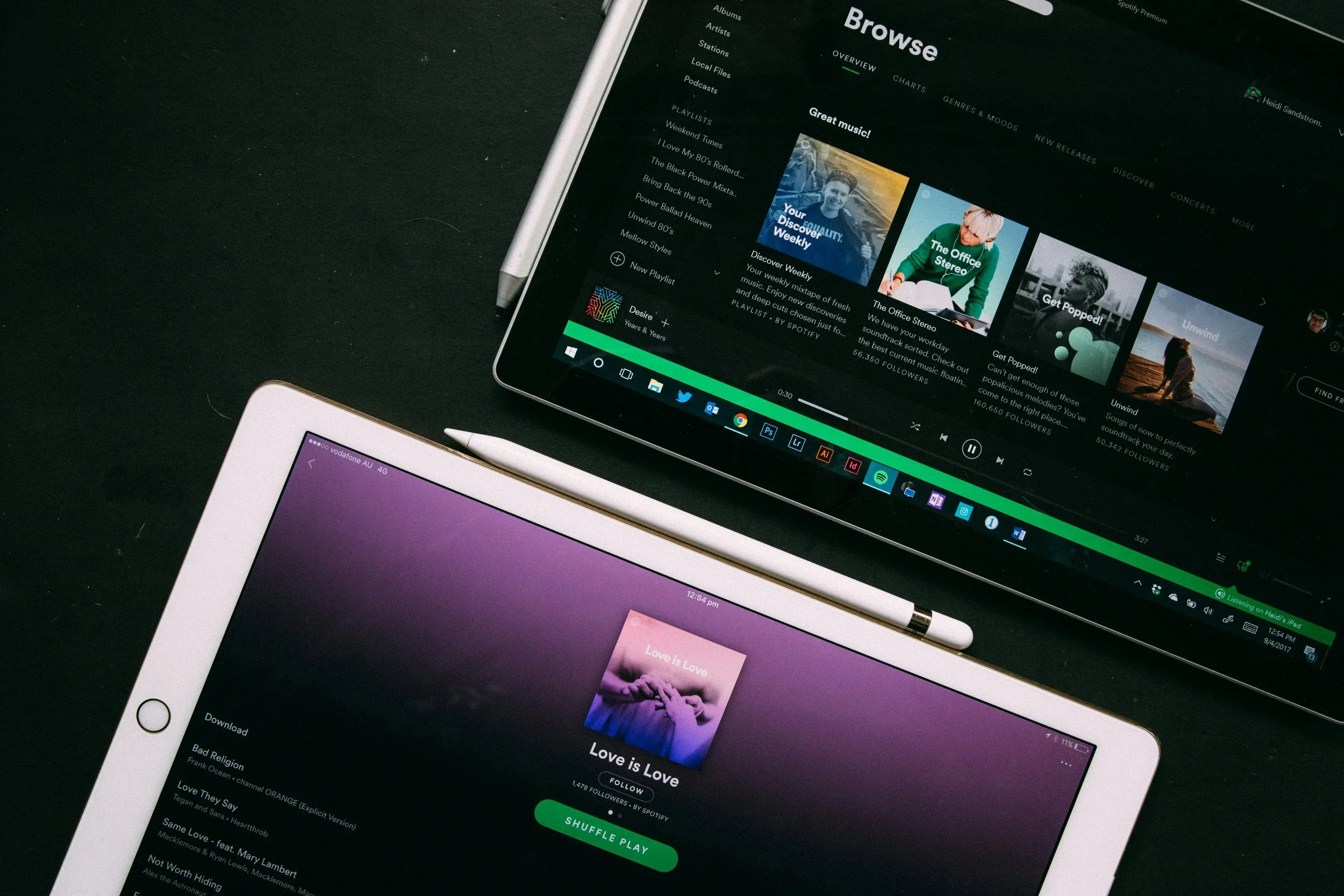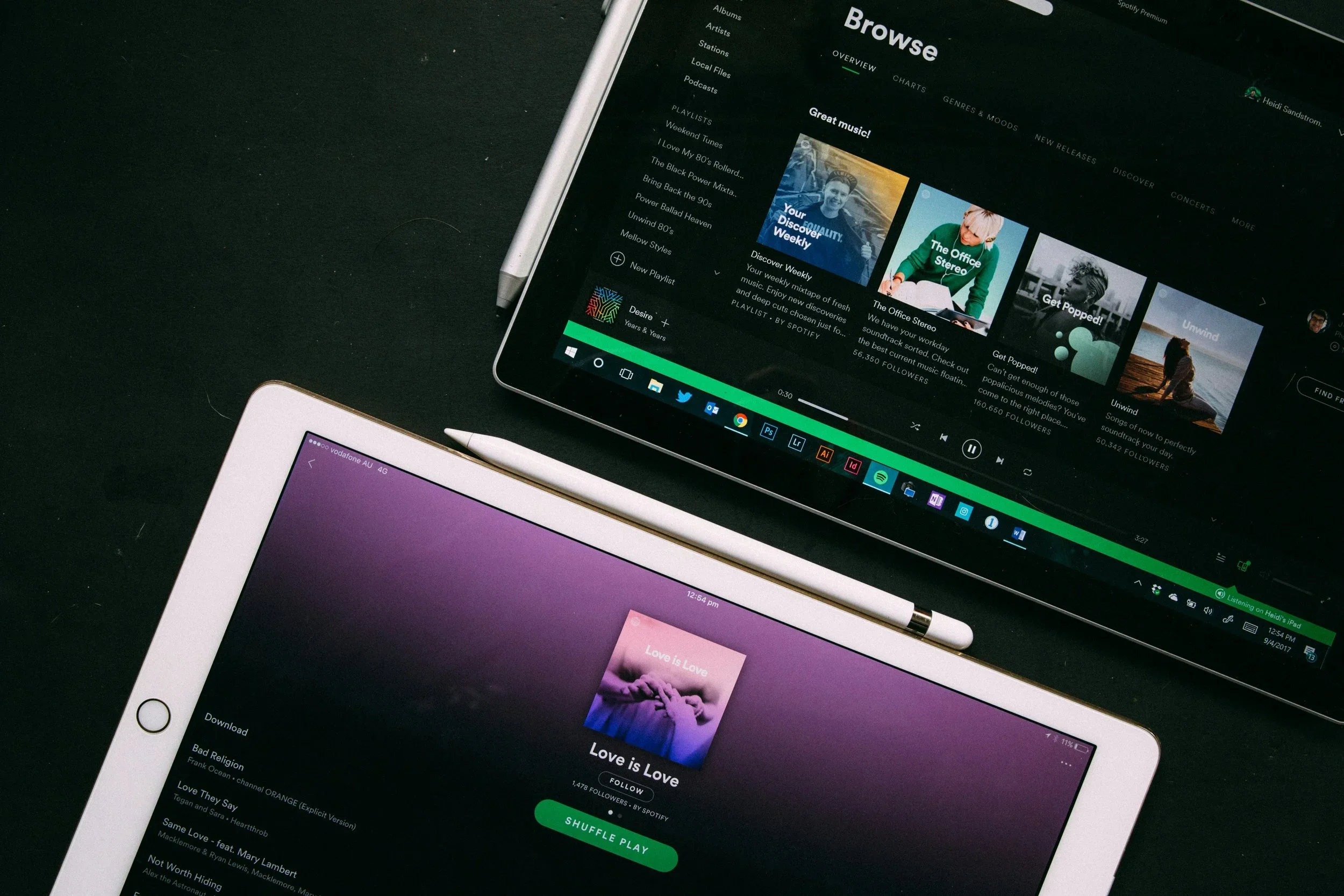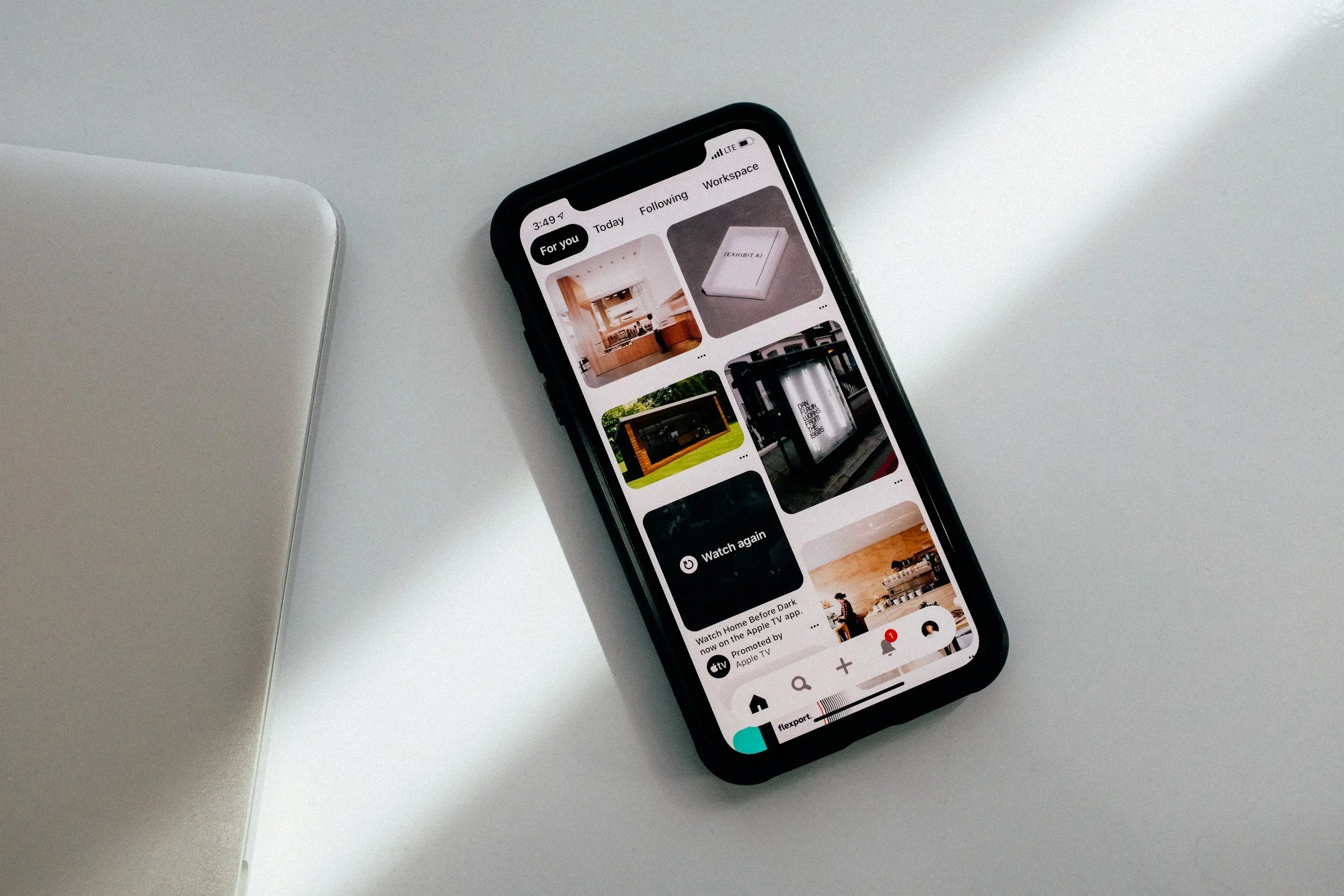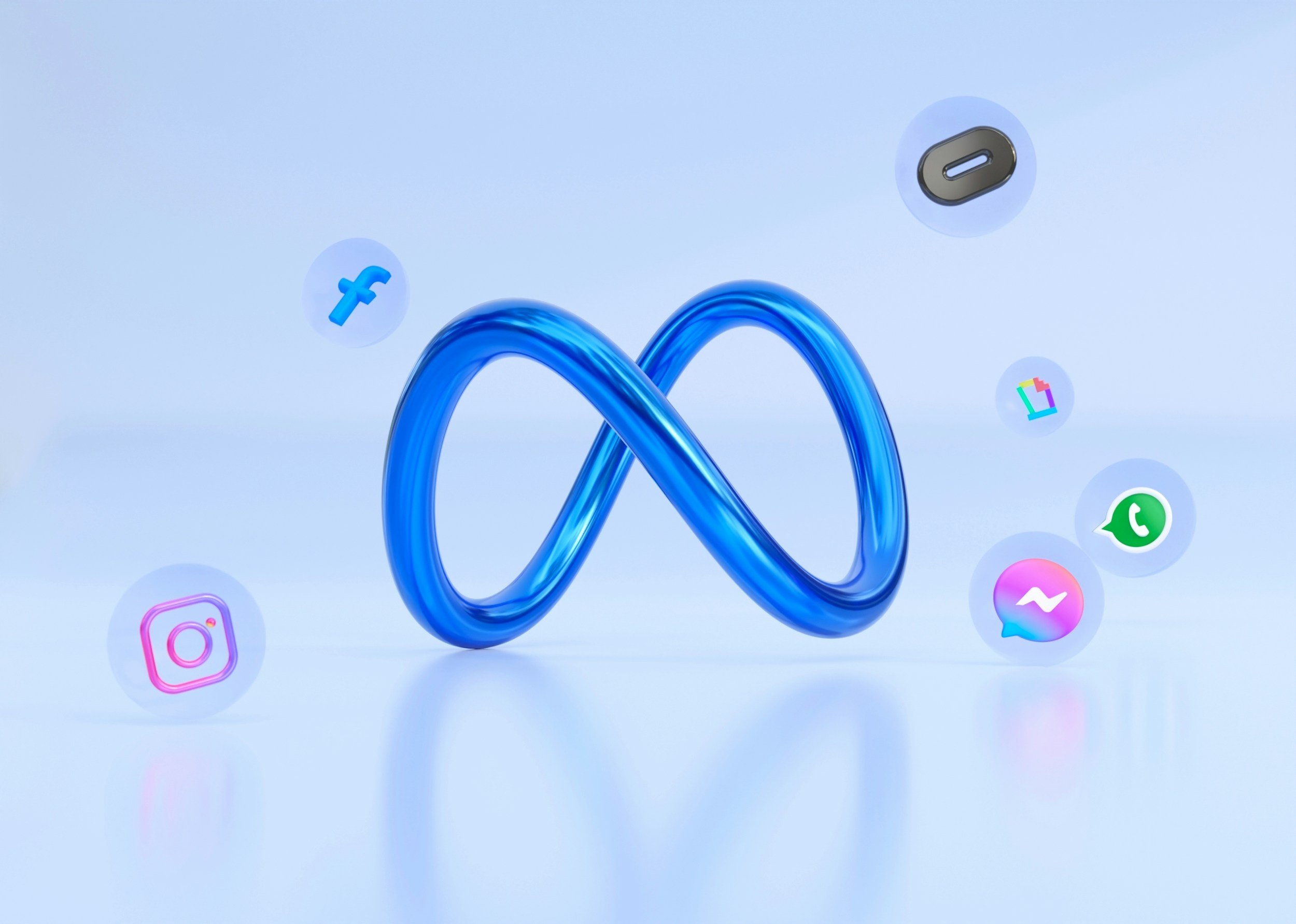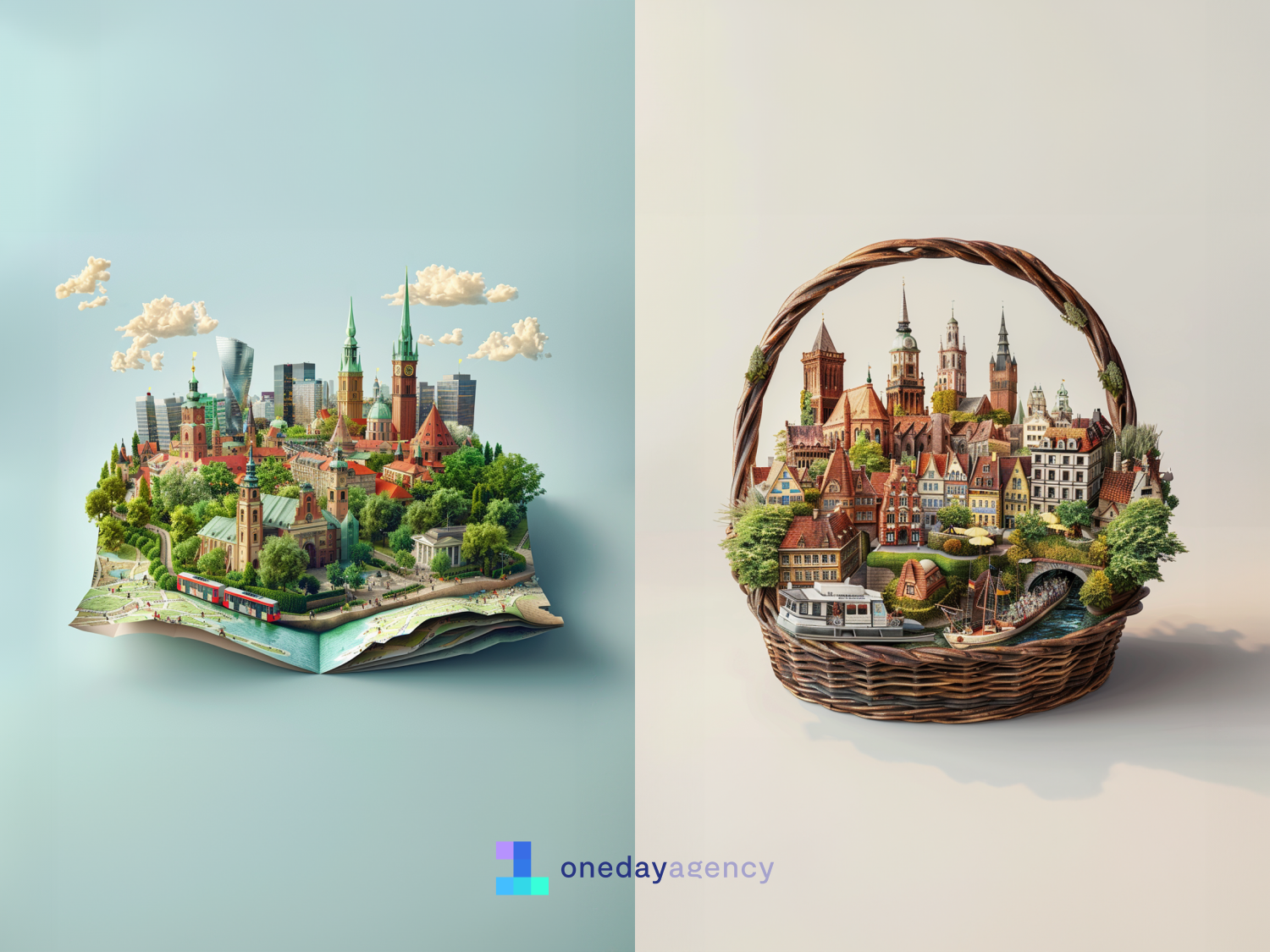How To Advertise on Spotify
How To Advertise on Spotify
Key Takeaways:
Tell a clear, human story. Keep your message short, emotionally engaging and aligned with the listener’s context to build an authentic connection.
Use Spotify’s targeting and creative tools. Platforms such as Spotify Ad Studio, Megaphone and real-time contextual targeting make it easier to reach the right audience with the right message.
Integrate audio with other channels. Combine Spotify campaigns with social media, digital and out-of-home for greater impact and brand consistency across the full customer journey.
Spotify has changed the way people listen to music and podcasts, creating new opportunities for brands to connect with audiences through sound. Advertising on Spotify allows businesses to reach listeners in moments of focus, relaxation or discovery, where traditional visual ads cannot. Whether you are a local business seeking brand awareness or a national brand aiming to drive engagement at scale, Spotify offers accessible and data-driven solutions to help you make your message heard.
Introduction: The Power of Audio in a Visual World
In a digital landscape dominated by visuals, audio advertising offers something refreshingly human. Spotify has redefined how brands can speak directly to consumers, not just through screens but through sound and emotion.
With more than 600 million monthly active users worldwide, Spotify is now one of the largest audio platforms in the world. In the United Kingdom alone, millions of people tune in daily to music, playlists and podcasts that match their mood or activity. This creates countless micro-moments of attention that brands can tap into in ways that feel personal and non-intrusive.
Advertising on Spotify allows you to enter these moments with messages that are relevant, engaging and perfectly timed.
Step 1: Understand the Spotify Advertising Ecosystem
Spotify offers a diverse mix of ad formats and tools designed to help brands reach audiences across listening experiences. Ads can appear in between songs, within podcasts, or even as visual companion banners on the Spotify app.
The key to success is understanding that Spotify users are often multitasking. They might be commuting, cooking, studying or exercising. This means your message must capture attention through sound alone or enhance the experience rather than interrupt it.
Spotify’s advertising ecosystem caters to both free and premium users. While premium listeners do not receive ads, the vast number of free users presents a valuable audience for advertisers across all industries.
Step 2: Choose the Right Ad Format
Spotify provides several ad formats that allow flexibility for all budgets and campaign goals.
Audio Ads:
These are 15 to 30-second ads that play between songs on mobile, desktop or tablet. They include a clickable companion banner that appears on screen during playback. Audio ads are ideal for storytelling and brand awareness.Video Takeover Ads:
These appear when users are actively browsing on Spotify. They combine visual and sound to create immersive impact, available only when the screen is in view, ensuring full attention.Sponsored Sessions:
These allow brands to offer users 30 minutes of ad-free listening in exchange for watching a short video ad. This creates a positive exchange between listener and brand.Sponsored Playlists:
Brands can align themselves with popular or thematic playlists, such as “Chill Hits” or “Workout Mix,” associating their message with a particular mood or moment.Podcast Ads:
Podcast advertising on Spotify has grown rapidly, offering brands access to highly engaged audiences. These can be dynamically inserted ads or host-read integrations, depending on the campaign strategy.
Each format serves a specific purpose. For instance, a small local café might start with short audio ads targeted to people within a specific radius, while a national retailer could combine podcast sponsorships and video ads for broader brand awareness.
Step 3: Define Your Audience and Targeting
Spotify’s targeting capabilities are one of its greatest strengths. The platform uses first-party data from user profiles, listening behaviour and contextual insights to ensure ads reach the right listeners.
You can target audiences based on:
Demographics: age, gender and location.
Interests: derived from playlists, artists and genres.
Context: time of day, activity (for example, working out or relaxing) and device type.
Real-time moments: like commuting or studying.
For example, a travel brand could target listeners of “Road Trip” playlists, while a wellness brand might reach people streaming “Meditation” or “Sleep” content.
The platform’s Spotify Ad Studio makes it easy to build and manage campaigns with these targeting tools, even for smaller advertisers. It allows businesses to set a budget, select objectives and even create professional-quality audio ads using Spotify’s free voiceover service.
Step 4: Craft a Message That Sounds Authentic
In audio advertising, tone matters just as much as words. The most effective Spotify ads feel conversational, not scripted.
Creative best practices:
Keep it short and engaging. The sweet spot is around 20 to 30 seconds.
Speak directly to the listener using “you.”
Match your tone of voice to the context of the playlist or content.
Include a clear call to action, such as “Find out more on our website” or “Visit us in-store today.”
Use music and sound design to reflect your brand personality.
Spotify’s Sonic Science research shows that ads which use consistent sound identity (like jingles, tones or voice talent) are 96 percent more likely to be remembered. Audio creates emotional resonance, which helps build brand recognition over time.
Step 5: Combine Audio and Visual Impact
While Spotify is primarily an audio platform, it also offers visual formats that enhance engagement. Companion banners, video takeovers and clickable cards allow listeners to interact with your message.
Visuals are particularly effective when paired with strong audio storytelling. For example, an advert for a new product could start with a short audio story followed by a static banner linking to the product page.
Spotify’s Overlay Ads and Homepage Takeovers are premium options for brands seeking maximum visibility across desktop and mobile environments.
Step 6: Explore Podcast Advertising
Podcasts have become one of Spotify’s fastest-growing segments, with thousands of shows covering topics from news and sport to lifestyle and technology.
For brands, this represents a powerful opportunity to reach niche audiences in trusted environments.
There are two main approaches to podcast advertising:
Dynamically inserted ads: pre-recorded spots automatically placed within episodes based on listener targeting.
Host-read ads: personalised messages delivered by the podcast host, often perceived as more authentic.
Spotify’s Megaphone platform offers advertisers advanced tools to plan, manage and measure podcast campaigns. For small businesses, even sponsoring a single local or niche podcast can deliver meaningful engagement and credibility.
Step 7: Set Budgets and Measure Results
Spotify advertising is flexible and accessible. Campaigns can start from a few hundred pounds on Spotify Ad Studio, making it ideal for small businesses testing audio advertising for the first time.
Larger campaigns benefit from programmatic buying options and bespoke packages managed by Spotify’s sales partners.
To measure performance, Spotify provides insights on impressions, reach, frequency, completion rates and click-throughs. For deeper attribution, third-party tools like Google Analytics or Podscribe can track conversions and user journeys from ad exposure to action.
Success in Spotify advertising is about consistent learning. Analysing which messages perform best across different audiences allows you to refine your creative and targeting strategies over time.
Step 8: Integrate Spotify into a Broader Media Strategy
Spotify works best when part of a wider, integrated media plan. Audio can complement visual channels by reinforcing brand recall and reaching people in moments when screens are out of reach.
For example, running a Spotify campaign alongside social ads can strengthen message frequency and engagement. A user might first hear your ad while cooking dinner and then see your visual campaign later that evening on Instagram.
As an integrated agency, One Day Agency helps brands connect these touchpoints across digital, social and out-of-home channels. The goal is not just to be heard but to be remembered through consistent, well-planned storytelling.
Step 9: Match Your Strategy to Your Budget
Spotify offers scalable solutions that make it suitable for all advertisers:
Smaller budgets: Start with Spotify Ad Studio and focus on local or niche targeting. Use free creative tools to produce audio spots.
Mid-sized budgets: Combine audio ads with companion banners or sponsored playlists for greater reach.
Larger budgets: Leverage custom playlist sponsorships, dynamic ad insertion and multi-format campaigns including podcasts and video takeovers.
The beauty of Spotify advertising is that effectiveness comes from precision and creativity, not just scale. A small campaign with strong targeting and a relatable message can perform as well as a large national campaign if it reaches the right audience at the right time.
Common Mistakes to Avoid
While Spotify advertising is accessible, a few pitfalls can reduce effectiveness:
Overloading the script with information. Focus on one clear message.
Using background music that clashes with your voiceover.
Ignoring context. A loud, upbeat ad may not suit a “Focus” playlist.
Forgetting to test and optimise campaigns.
Neglecting the importance of consistent sonic branding.
Every campaign benefits from iteration and audience insight. The more you adapt to the listener’s environment, the more authentic your message will sound.
Conclusion
Spotify advertising brings together the art of storytelling and the science of data. It allows brands to reach people not through interruption but through inspiration, in moments when they are most receptive to sound and emotion.
From local cafés to global brands, the platform offers flexible solutions that scale with your ambitions and budget. The key is to start with a strong understanding of your audience, craft a message that resonates, and measure what truly drives engagement.
At One Day Agency, we help businesses of all sizes unlock the full potential of platforms like Spotify by combining media strategy, creative execution and real-time analysis. In a world full of visual noise, audio offers a rare opportunity to connect directly with your audience’s imagination.
Find out more about Spotify Advertising and Audio Advertising !

